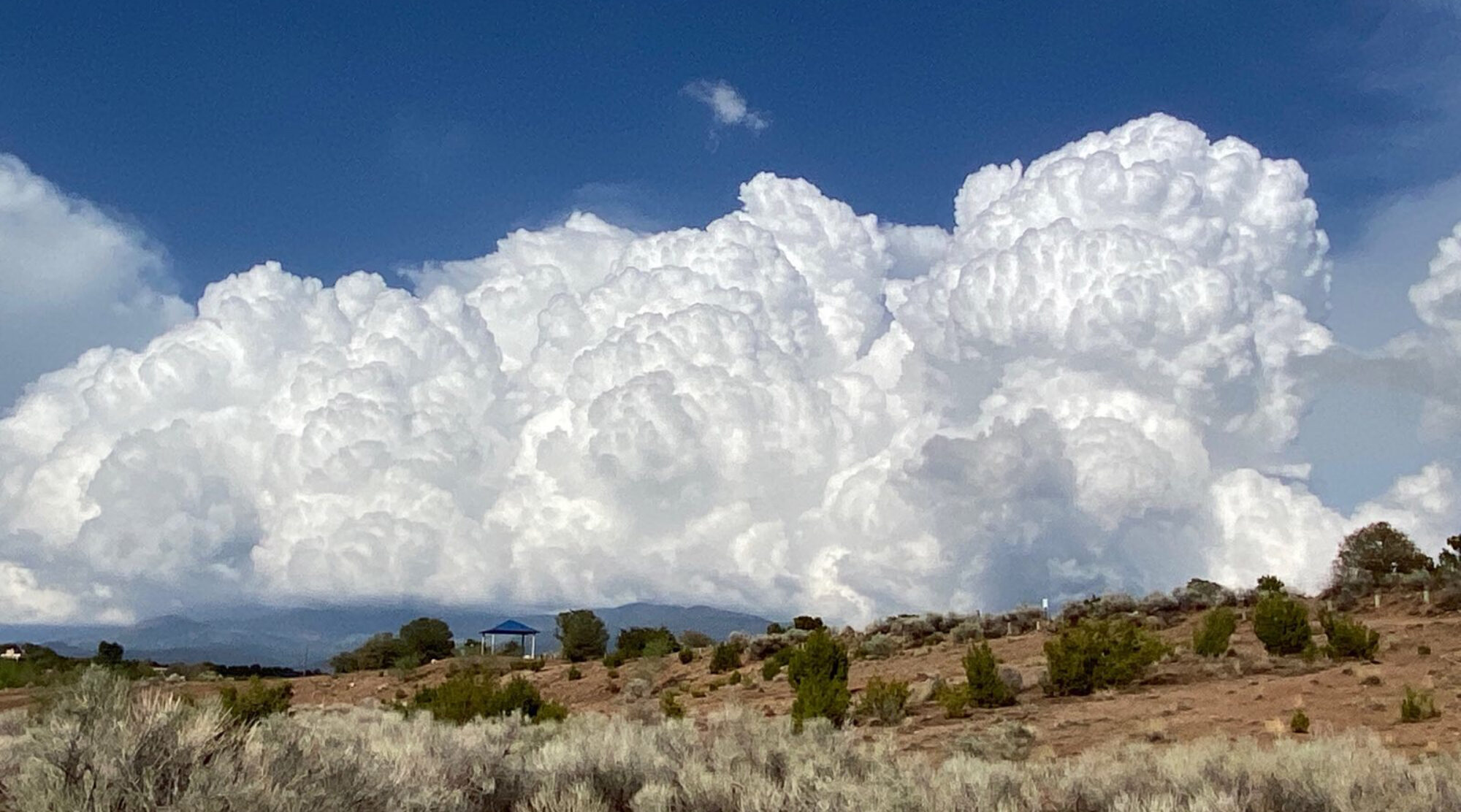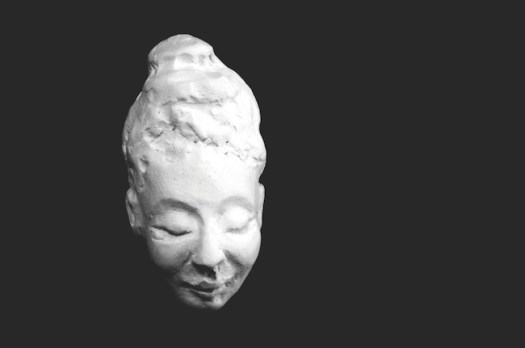SPREAD 5.0!
 SITE Santa Fe is excited to announce that the fifth SPREAD community dinner will be held on Friday, October 24, 2014, 7pm at the Santa Fe Farmers Market.
SITE Santa Fe is excited to announce that the fifth SPREAD community dinner will be held on Friday, October 24, 2014, 7pm at the Santa Fe Farmers Market.
NEW APPLICATION FOR SPREAD 5.0!
For our fifth SPREAD cycle, we invite studio artists currently working in New Mexico to apply. Applications this cycle will not be project-based, but will focus on artistic merit and innovation. Finalists will be selected based on past work as well as future promise. Past SPREAD applicants have always included a number of artists with a studio-based practice, and this year we would like to acknowledge that rich community. The SPREAD grant may be used to support ongoing work, including materials and supplies, studio rent, framing costs and other professional fees.
STUDIO ARTISTS OF ALL DISCIPLINES ARE ENCOURAGED TO APPLY!
The SPREAD 5.0 application period opens Monday, June 2 and will continue through Sunday, July 6. More info on the application process, including a downloadable preview of the new application, can be found here.
SMALL GRANTS FOR BIG IDEAS
SITE Santa Fe’s SPREAD is a micro-granting initiative that provides small grants for innovative projects and artworks conceived by New Mexico-based artists. SPREAD is a recurring public dinner designed to generate community-driven financial support to fund artistic innovation.
HOW SPREAD WORKS
At a large community dinner, guests pay a sliding scale entrance fee (starting at $15), for which they will receive dinner and a ballot. During dinner, the SPREAD audience will hear short proposals from up to eight artists for innovative and yet-to-be-realized new projects. Diners will then cast their votes for their favorite project. At the end of dinner, the artist whose proposal receives the most votes will be awarded all the funds collected at the door to realize their project.
The inaugural SPREAD event, held on March 18, 2011, raised $7,722 in proceeds from the door, which was then given to the winning artist group, Meow Wolf, to support their installation The Due Return at the Center for Contemporary Art. Since then, SPREAD has awarded over $22,000 to New Mexico artists. Past winners also include Jason Jaacks, Cut+Paste Society, and Axle Contemporary. For more info on the previous finalists and winners, click here.
If you have questions, please use the contact form on the SPREAD website, accessible here. No phone calls, please.

 Santa Fe Collective creates an opportunity for people to afford unique, smart, handmade things, and it creates direct support to the artists who think up and make those things. All about affordable art, craft and design conceived and produced in the high desert of Northern New Mexico:
Santa Fe Collective creates an opportunity for people to afford unique, smart, handmade things, and it creates direct support to the artists who think up and make those things. All about affordable art, craft and design conceived and produced in the high desert of Northern New Mexico:








